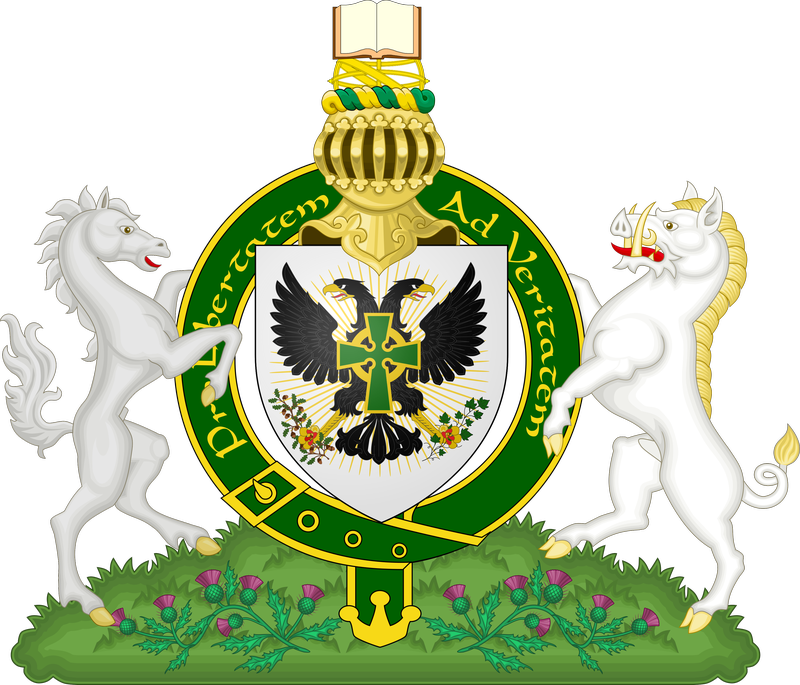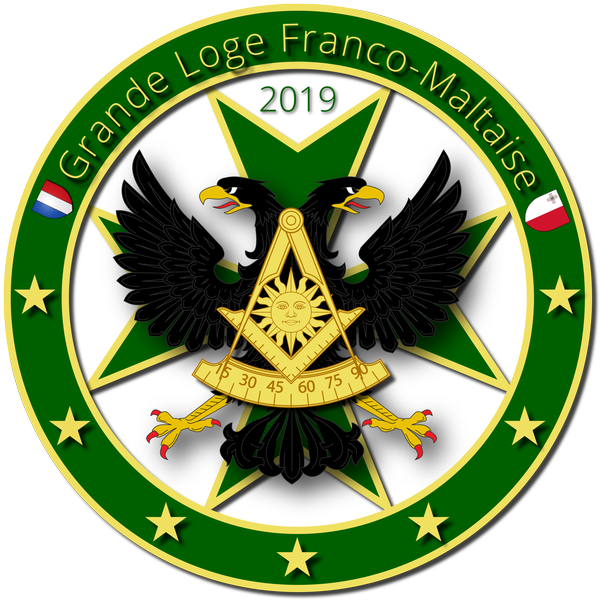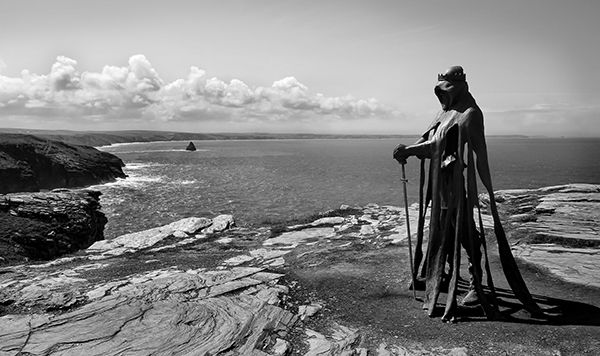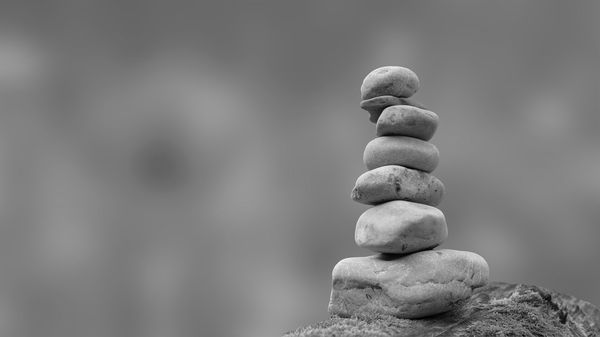The Modern Rite of Scotland
- Pro Libertatem ad Veritatem -Tradition and modernity
A Masonic rite of European tradition
Tradition
Improvement
Legends
Coeducation
Culture
Freemasonry
Initiation
Spirituality
Modernity
The rite uses the background of European traditions in general and Celtic in particular to offer its members an original and yet traditional initiatory journey. This background complements the Judeo-Christian tradition which is at the origin of Freemasonry and which is found naturally in the Modern Rite of Scotland (especially with regard to the construction of the Temple of Solomon and its architect).
We call co-education the fact of having lodges composed of Brothers and Sisters. The twenty-first century is one of openness and diversity; also we think that the Brothers and Sisters must be able to evolve freely within the same lodge. We know that the ways of thinking between Brothers and Sisters can be different and we believe that this difference must be a factor of cohesion and not of division. The word “co-education” comes from a term used in scouting and which corresponds well to our vision, namely to educate together men and women called to become responsible beings in the city.
Respectful of human universality and Masonic diversity, our rite welcomes the Brothers and Sisters of all the structures with which we have treaties of amity or not and in accordance with the equivalences of degrees in use.
The first is the Symbolic Lodge which has authority over the degrees of:
- Entered Apprentice; it is the first grade, the one that allows to enter the fraternity and to understand how a lodge works. It is a degree of real discovery.
- Fellow Craft (and Mark Fellow Craft); the Fellow Craft is the one who leaves to discover the other ways of working, the other lodges. This grade is – in accordance with certain Scottish customs – completed by the one of Mark Fellow Craft (Mark Mason) considered as the second part of the degree.
- Master Mason; it is the degree which confers the fullness of Masonic rights and which allows access to the functions of lodge officers.
The second is the Clan which has authority over the following degrees:
- Scottish Master;
- Rosy+Cross of the Tower;
The initiate then has the choice of his course; either he opts for a chivalrous approach or he goes towards a very spiritual approach. These courses are always carried out within a Clan.
- Squire;
- Free Knight.
- Marcassine;
- Druid.
- The Judeo-Christian culture which has largely contributed to the construction of modern Freemasonry as we know it,
- European culture in general and Celtic in particular; the degrees linked to the clan draw on the legendary funds of Scottish, Welsh, Irish and Breton cultures…
Thus the “Salomonian” degrees are succeeded by “Arthurian” ones which are part of the legendary tradition which links the East to the West.
The High Degrees are similar to other known ones with the main difference that the legendary setting is now set in the Isles of Scotland, Ireland and Britain with explicit references to Celtic mythologies and Arthurian legends. We find these references today in other Masonic degrees in use in Anglo-Saxon Masonry.




